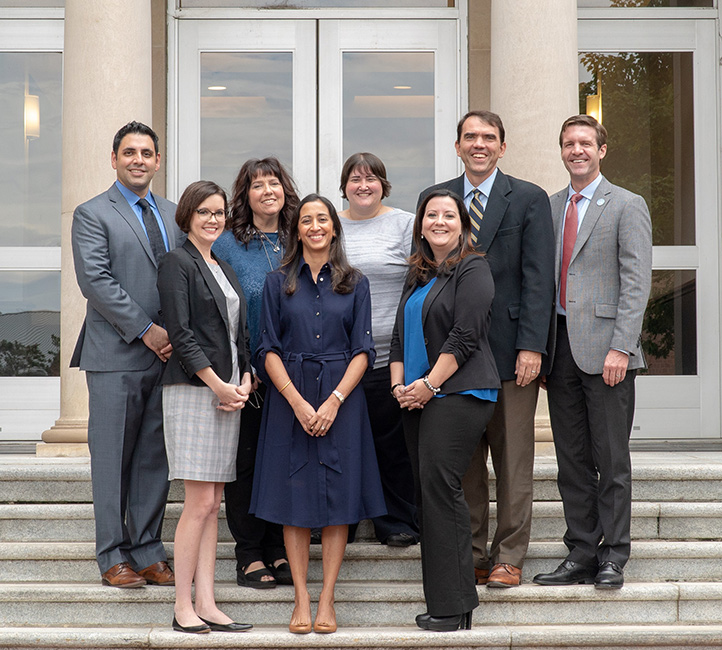Kamakshi V. Rao, Pharm.D., BCOP, FASHP, Nicole R. Pinelli, Pharm.D., M.S., FCCP, CDE, Ashley L. Pappas, Pharm.D., BCPS, M.H.A., Kathryn A. Morbitzer, Pharm.D., M.S., Kalynn A. Rohde, Pharm.D., BCCCP, Emily A. Durr, Pharm.D., BCCCP, Said M. Sultan, Pharm.D., BCCCP, Stephen F. Eckel, Pharm.D., BCPS, FASHP, FCCP, Denise H. Rhoney, Pharm.D., FCCP, FCCM, FNCS, Rowell Daniels, Pharm.D., M.S., FASHP, Scott W. Savage, Pharm.D., M.S., UNC Medical Center Residency Research Oversight Committee
Research and scholarship are core tenets in the goals of post-graduate pharmacy training, reflected by ASHP accreditation requirements for residents to engage in research during their training. The traditional model of residency research, which follows a single project across an academic year, is fraught with challenges. Residents face difficulties with feasible proposal development, Investigational Review Board (IRB) approval, data collection timelines, comfort with data analysis and statistics, and time for manuscript development and submission for publication.
The UNC Medical Center Department of Pharmacy developed a process that aimed to maintain exposure of residents to all key steps of research, while better aligning residents’ abilities at different points of the academic year with appropriate research activities. In the “flipped” model of research, residents enter the year assigned to an IRB-approved project and begin the process at the data collection phase. This is followed by analysis and presentation of results midway through the year, allowing the remainder of the year to be dedicated to manuscript preparation and development of a feasible research proposal for consideration for the following academic year. The process was initially implemented in our PGY1 program, aligning 4 projects with 9 residents. Years 2 and 3 were spent refining this process before we invited PGY2 programs to employ the same approach. In Year 5 of the model, we have now incorporated 27 residents (PGY1 and PGY2) into the flipped research process. A total of 44 projects involving 70 residents have gone through this model of research.
Implementation of the flipped research model resulted in significant gains for individual residents, projects, and the institution. For residents, comfort and familiarity with research and statistical methods improved, leading to greater likelihood of research involvement post-graduation. IRB efficiency was improved, leading to greater time for actual project completion. Most notably, the success rate, defined as the rate of publication, invited presentation, or recognition, dramatically improved. Compared to our traditional model, where 15.9% of projects were successfully published over 10 years, 24.3% of flipped projects have been published in the first 4 years after model implementation.
A crucial component of the success of this model was the thoughtful development of an invested, organized, and well represented Residency Research Oversight Committee (RROC). By shifting oversight from individual mentors to the RROC, the process transformed from a largely individual process to a team-based, integrated process. The importance of the contributions of the RROC members and leadership cannot be understated.
The Flipped Research Model represents a truly innovative approach to the incorporation of research into residency training. As it continues to evolve, this approach allows residents to participate in a process that leads to improved resident comfort with research processes, stronger multidisciplinary collaborations, and increases in overall research success.

